Asparagus Meyeri (plant clump)
Original price was: ₹190.₹189Current price is: ₹189.
Out of stock
Email when stock available
Description
This product can ship to all over India.
Asparagus densiflorus ‘Meyeri,’ commonly known as Foxtail Fern or Asparagus Fern, is a popular ornamental plant belonging to the Asparagaceae family. Despite its common name, it’s not a true fern but rather a member of the asparagus family. The ‘Meyeri’ cultivar is particularly valued for its attractive, fluffy, and dense foliage, which resembles the tail of a fox, hence the common name.
Here are some key features and care guidelines for Asparagus densiflorus ‘Meyeri’:
- Foliage: The most distinctive feature of ‘Meyeri’ is its fern-like, needle-shaped foliage that forms a bushy, fluffy appearance. The leaves are thin, feathery, and bright green in color. The fine-textured foliage creates a delicate and elegant look.
- Growth Habit: Foxtail Ferns have a clumping growth habit and can reach a height of about 2 to 3 feet (60-90 cm). The stems emerge from a central point and arch gracefully outward, creating a cascading effect.
- Light: Foxtail Ferns prefer bright, indirect light. They can tolerate some morning sun, but they should be protected from intense afternoon sunlight, as it can scorch their delicate leaves.
- Watering: Keep the soil consistently moist but not waterlogged. Allow the top inch (2.5 cm) of soil to dry out between waterings. During the growing season (spring and summer), water more frequently, and reduce watering during the dormant period (fall and winter).
- Humidity: While they can tolerate average indoor humidity, Foxtail Ferns appreciate higher humidity levels. Misting the foliage or placing a tray of water nearby can help maintain suitable humidity.
- Temperature: Foxtail Ferns prefer temperatures between 60-75°F (15-24°C). They are relatively adaptable to indoor temperatures, but avoid exposing them to extreme cold drafts.
- Soil: Use a well-draining potting mix that retains some moisture but doesn’t become waterlogged. Adding perlite or sand to the soil mix can improve drainage.
- Fertilization: Feed the plant with a balanced, diluted liquid fertilizer every 4-6 weeks during the growing season (spring and summer). Reduce or stop fertilizing in the dormant period.
- Pruning: Remove any yellow or brown foliage to maintain the plant’s appearance. Prune sparingly to shape the plant as needed.
- Propagation: Foxtail Ferns can be propagated through division. Divide the plant at the root level and replant the individual sections in separate containers.
- Pests and Diseases: While Foxtail Ferns are relatively pest-resistant, they can occasionally be affected by spider mites or aphids. Regularly inspect the plant for any signs of pests.
Foxtail Ferns are well-suited for containers, hanging baskets, and as accent plants in both indoor and outdoor settings (in suitable climates). They are popular choices for adding texture and greenery to gardens, patios, and indoor spaces. Their graceful and unique appearance makes them a favorite among plant enthusiasts looking for something a little different from the typical houseplant.
Only logged in customers who have purchased this product may leave a review.

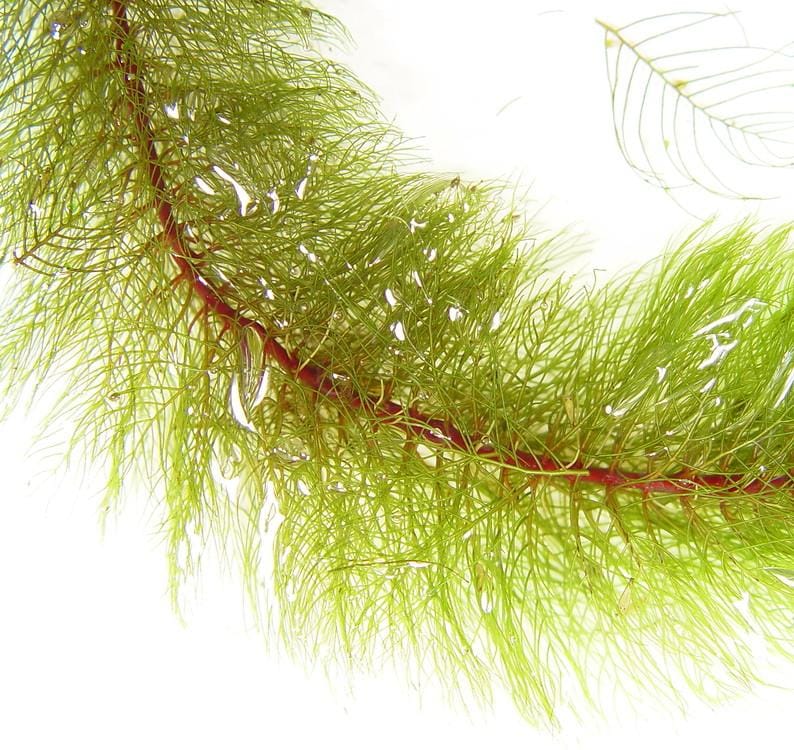
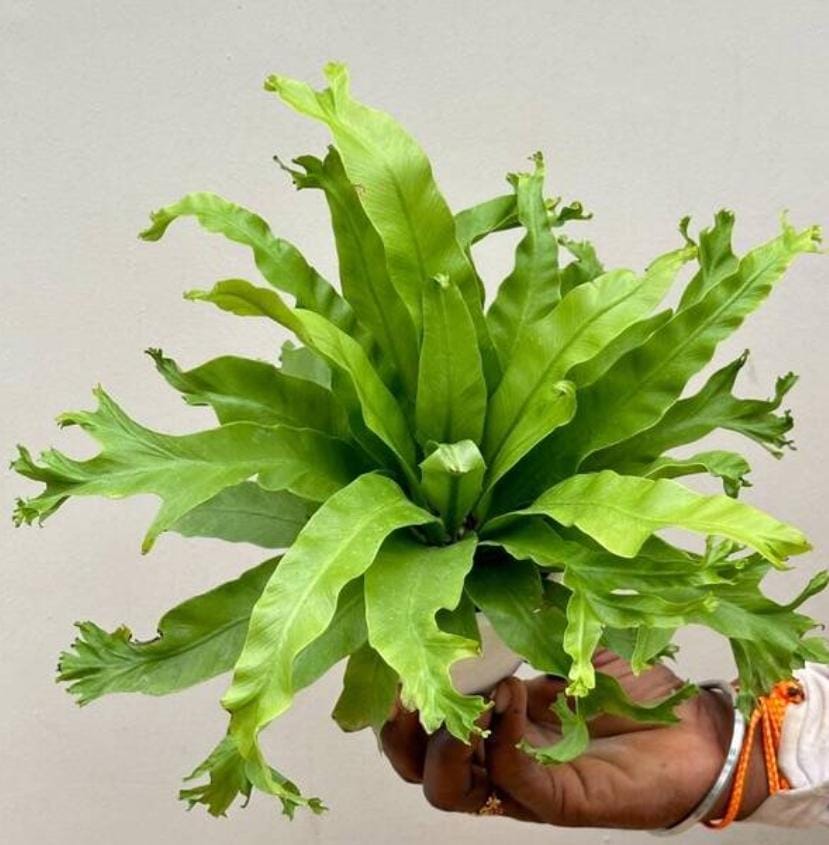
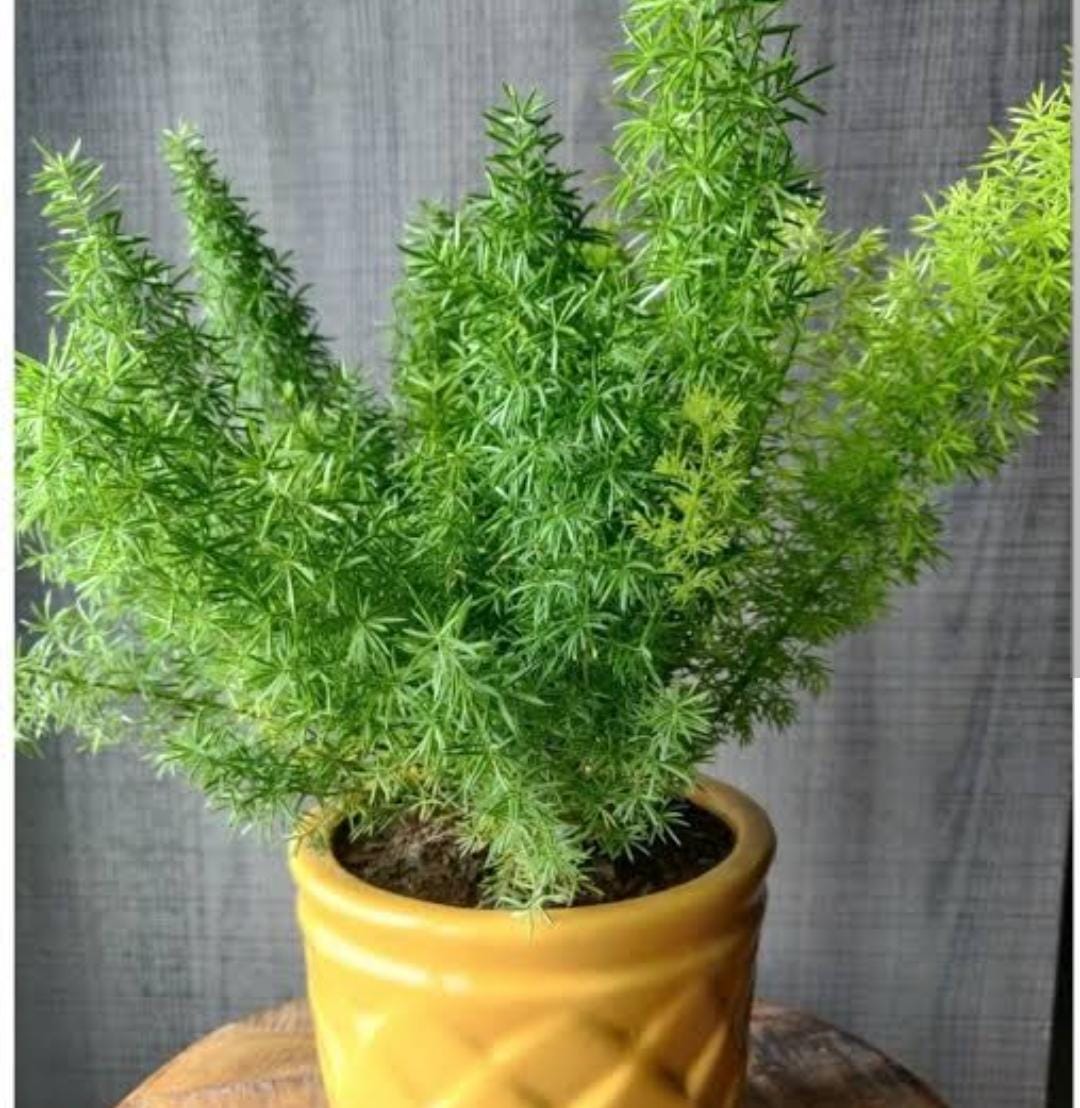
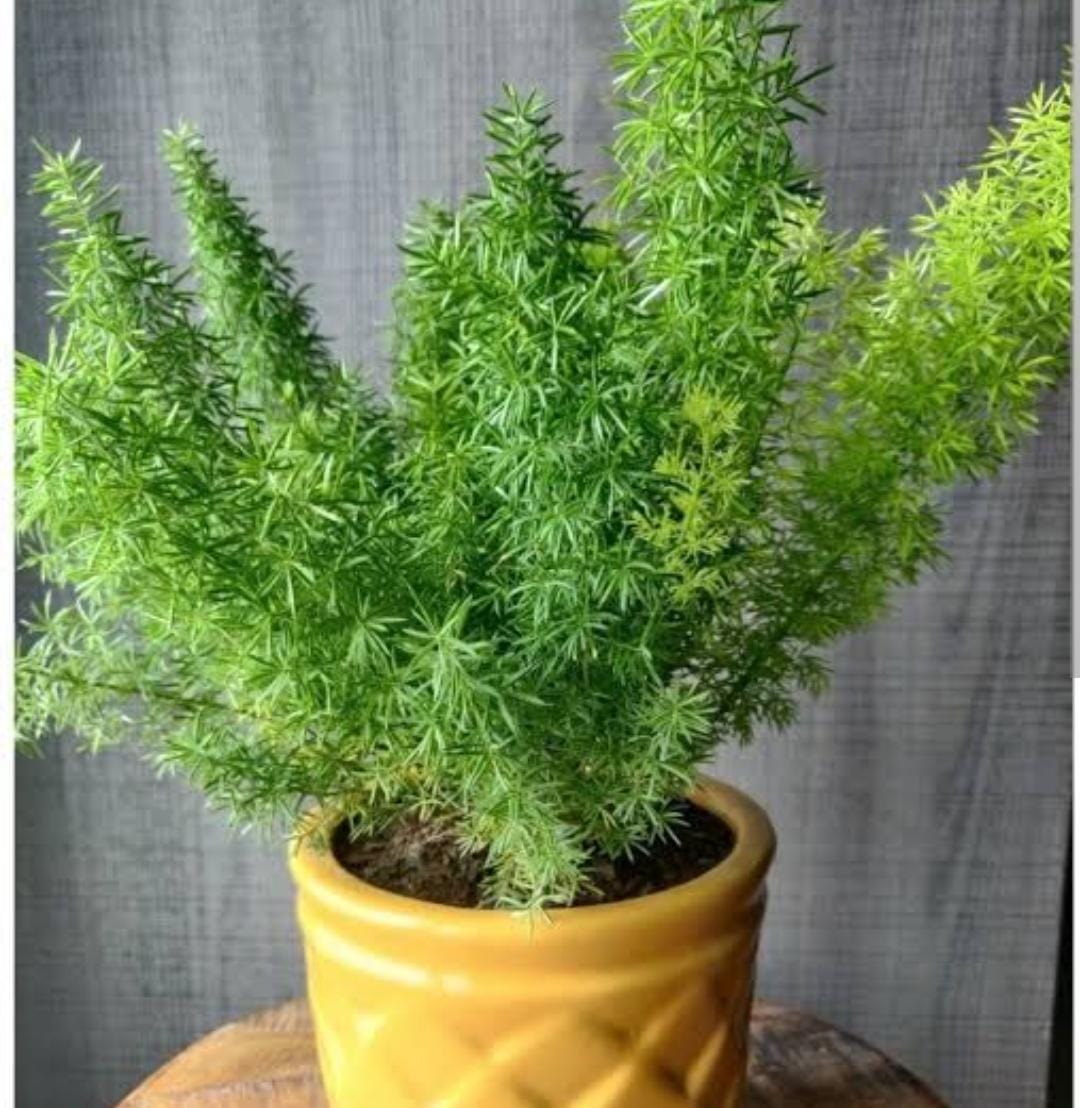
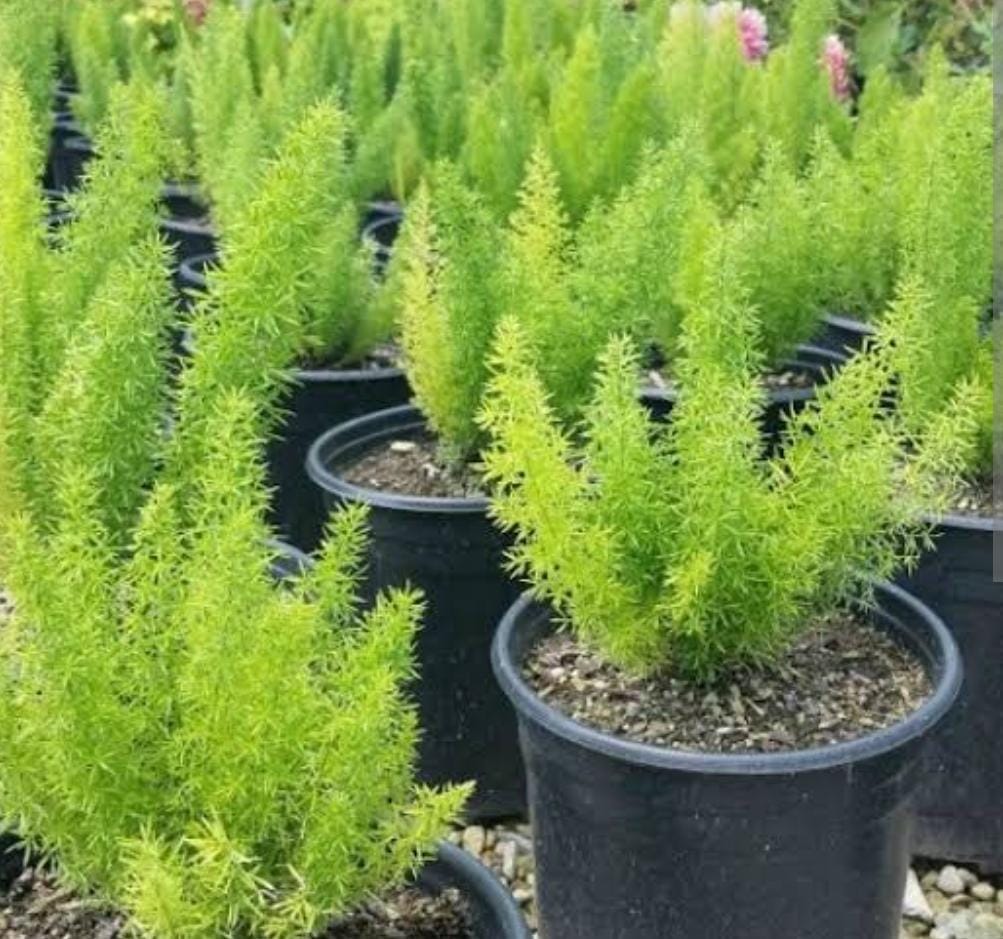

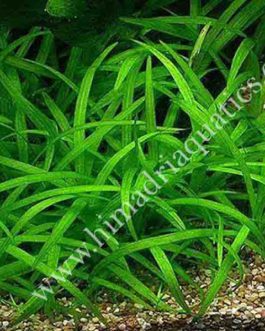


Reviews
There are no reviews yet.